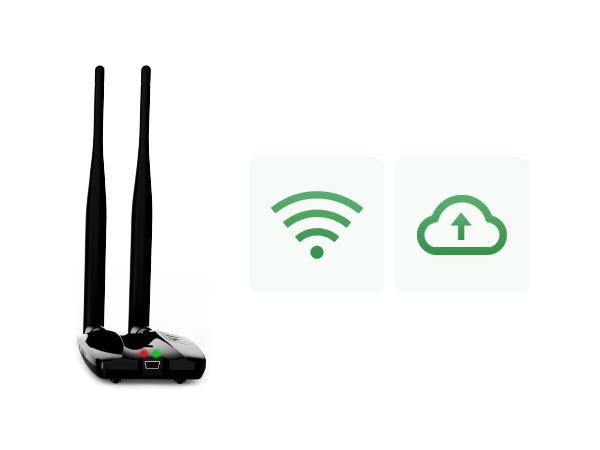The mobile terminal on the forklift directly matches the shelf tray chip, eliminating the need to scan the barcode, and the delivery time is shortened again. The time for customers to pick up the goods has been cut in half, and it takes only about 20 minutes. The joint efforts of barcodes, wifi, data link technology and imported scanning instruments have enabled the "storage memory" of cold storage to complete the transition from "human brain" to "computer-based".
The Ministry of Industry and Information Technology issued the "Twelfth Five-Year Plan for the Development of the Internet of Things", and by 2015, China should conduct core technology research and development and industrialization, research and formulation of key standards, establishment and improvement of industrial chains, and demonstration and promotion of major applications. Significant results have been achieved, and an innovation-driven, application-driven, collaborative development, and safe and controllable Internet of Things development pattern has been initially formed. At the same time, it will carry out application demonstration projects in key areas, explore application models, accumulate experience and methods of application deployment and promotion, and form a series of mature application templates that can be replicated and promoted, and promote the scale of application of Internet of Things in the whole society and the whole industry. prepare.
Regardless of the use of Internet of Things technology in cold storage construction, many enterprises in the cold chain logistics industry have gradually realized that the extension of the industrial chain and the maturity of information technology will make the future development of the enterprise must be based on supply chain services, because modern logistics Construction must be able to respond quickly to the market and quickly integrate resources to achieve an optimal integrated management model for logistics, capital flow and information flow.
However, the application of the Internet of Things to the cold chain logistics industry requires higher costs. Hardware construction is only the front end of the development of the Internet of Things. The back-end data transmission, information processing, and intelligent business management and operation are the core components and values of the entire logistics network chain. High-end, this is precisely the difficulty of promoting IoT applications. Enterprises need a large investment, which will affect the enthusiasm of the company to a certain extent. Therefore, relevant people suggested that the use of Internet of Things technology should be guided by the government and gradually developed into a mature and large-scale market to achieve two-wheel drive between the government and the market.

 English
English Español
Español Русский
Русский Français
Français Deutsch
Deutsch عربي
عربي 中文
中文



